When someone plans to pay a visit to Tibet, a couple of questions will come into his mind. Is it possible for foreigners to tour Tibet alone? Will i suffer from altitude sickness? In this post, we make a summary of those top concerns, including Tibet travel permit policy, best time to go to Tibet, ways to enter Tibet, things to do in Tibet, altitude sickness preventing, Tibetan packing list and classic Tibet tour packages.
Apply for Tibet Travel Permit
According to the regulations from National Tourism Administration, foreign travelers, Taiwan tourists and overseas Chinese ( except the Hong Kong and Macao residents holding Chinese Special Administrative Region Passports or Home Return Permits ) are not allowed to visit Tibet alone. No matter how many sightseers there are, they must be organized to travel by group.
Since the year of 2001, Tibet Travel Org have successively obtained Tibet Travel Permits for tens of thousands of tourists and operated numerous customized tours to travel Tibet. Here we offer one-stop service, including classic tour packages, comfortable vehicles, local Tibetan tour guides, etc. What you need to do is just send us your travel plan and passport copies, and we’ll handle the rest trivial details for you!
See more at Tibet Travel Permit
When to Go to Tibet
The best time to visit Tibet is from July to September. Traveling Tibet from October to next February is another good choice for less tourists and better discounts. Under the strong sunshine, daytime in Tibet winter is not that cold as you think. But the temperature still varies greatly from day to night and please remember to keep warm. As for Ngari Prefecture in northwestern Tibet, you had better trek mt.Kailash in summer to avoid rainy season and chilly winter. And it’s highly recommended to tour Nyingchi, “China’s Switzerland”, in spring and summer for its peach bloom and luxuriant forest.
How to Get to Tibet
With the development of economy and technology, Tibet hasn’t been isolated from outside world any longer. Tourists can go to Tibet by train, flight and car. No doubt that taking flights to Tibet is the most convenient way but it’s a little bit expensive. If you had enough time, Tibetan train would be a fresh experience for you to appreciate the highland scenery along Qinghai-Tibet Railway. Meanwhile, you can also accommodate yourself to the high altitude gradually. It really helps to reduce the risk of suffering high altitude sickness. Thus, we suggest that tourists take train into Tibet and get out by flights. And nowadays, overland driving to Tibet from Nepal, Xinjiang, Qinghai, Sichuan and Yunnan has become available for foreign tourists. Please see more at Overland Routes to Tibet.
What to Do in Tibet
Top1. Potala Palace, Lhasa
Potala Palace is a landmark of Lhasa and Tibet. With its base on the southern slope of the Red Hill, the Potala Palace was built along the hill. Its crimson and white wall and its golden roof shine in glory in Lhasa, the “sun city”. It is divided into the White Palace as the wings and the Red Palace as the center. The White Palace was secular in nature (used for offices, a printing house and so on), while the Red Palace fulfilled a religious function (comprising the tombs of the Dalai Lama, scores of chapels and shrines, and libraries of sacred texts). Most of the White Palace is inaccessible, yet you can see a fair number of rooms in the Red Palace.
Top2. Jokhang Temple, Lhasa
Also known in Tibetan as the Tsuglhakhang, the Jokhang Temple is the most revered religious structure in Tibet. Thick with the smell of yak butter, the murmur of mantras and the shuffling of wide-eyed pilgrims, the Jokhang Temple is an unrivaled Tibetan experience.
Top3. Mt. Kailash, Western Tibet
Kailash Kora is very attractive to pilgrims, for pilgrims of several religions believe that circumambulating Mt.Kailash on foot is a holy ritual that will bring good fortune. Every year, thousands of pilgrims throng to the mountain: not just Tibetans, but Hindus and Buddhists from India to Japan, joined by Western and Chinese travellers.
Top4. Views of Mt Everest
For foreign travellers, Everest Base Camp has become one of the most popular trekking destinations in Tibet, offering the chance to gaze on the magnificent north face of the world’s highest peak– Mount Everest.
Top5. Samye Monastery
Samye Monastery is thought to be Tibet’s 1st monastery and its 1st university. The complex is bounded by an oval wall pierced by 4 gates and topped by 1,008 small chortens that represent Chakravala, a ring of mountains that surrounds the universe.
Top6. Riding the Rails to Lhasa
Taking a train to Tibet is even the top choice for many foreign tourists to Tibet for a Tibet train tour is really so impressive both because of the breathtaking scenery along the Qinghai-Tibet Railway and the railway itself, the blue sky and white clouds, the grasslands with flocks and herds, snow-covered mountains, source of Yangtze River, Hohxil Natural Reserve, etc.
Top7. Yak-Butter Tea
Butter tea is also known as Tibetan Tea, called Po Cha in Tibetan, and is made from tea leaves, yak butter, water, and salt. It is the favorite and traditional drink of Tibetans in Tibet and Tibetan communities in India or Nepal. People love to stay a morning or an afternoon in a tea house to spend their leisure time with friends. It seems that their conversation never ends. To tourists, Butter tea is like a friendly companion. No matter where ever you are traveling in Tibet, cities, nomadic area or rural area, you are always treated by a cup of warm Tibetan tea by the local hospitality Tibetans.
Top8. Sera & Drepung Monasteries, Lhasa
Sera Monastery and Drepung Monastery, together with Ganden Monastery, are known as the “3 Largest Monasteries of Lhasa”. Every day (except on Sunday) at 3pm, there is a debating session on Buddhist doctrines among the monks at the debate courtyard of Sera Monastery, and you should not miss. Actually, you can visit both monastery all year round, especially during Shoton Festival, which is one of the most important traditional festivals in Tibet, the grand ceremony of sunning the Buddha is held at Drepung Monastery and Sera Monastery.
Top9. Saga Dawa Festival
This festival is celebrated for whole month and is one of the most significant festivals celebrated in Tibet. If you take a Saga Dawa Festival tour in Lhasa, don’t forget to be a part of the huge crowd that visits the Dzongyab Lukhang Park at the foot of Potala for a late afternoon picnic. Except in Lhasa, you can also experience Saga Dawa Festival at Mt. Kailash, the holiest mountain in Tibet. Thousands of Tibetan Buddhists would go to worship the scared mountain during the Saga Dawa Festival.
Top10. Guge Kingdom, Western Tibet
The local regime known as Guge Kingdom started in the 10th century by the descendants of the Tobo Kingdom. The region had a glorious past. At its peak, the regime covered not only the entire Ngari, but also extended to Kashmir and today’s Pakistan. There are many opinions on how the Guge Kingdom disappeared. Until today, the grandeur of the Guge Palace still strikes awe in the beholder’s heart.
Top11. Ganden Monastery
As one of the three famous monasteries in Lhasa, Ganden Monastery is the 1st and primary monastery of the Gelug Sect in Tibetan Buddhism. Its Tibetan name refers to a grand site in the Western Heaven of Buddhism. Major construction in the monastery include the Lagyi Hall, Yangbagyain Hall, Chitokang, Angyiukang, Xaze and Jamze Zhacang Buddhist colleges, and dozens of Kamcuns and Myicuns.
Top12. Ganden-Samye Trek
Ganden to Samye Tibet trekking route is regarded as one of the best hikes in the world. It is a fulfilling and pleasant pilgrimage trip with much to offer, an overview of Tibetan Buddhism and religious culture, blue holy lakes, high snowy passes and mountains, lush alpine meadows, sporadic herders’ camp, tranquil Tibetan villages, time-honored sacred sites, finally culminating at the barren, desert-like surroundings near the Samye Monastery.
Top13. Nam-tso
Namtso Lake is the largest lake in Tibet, the 2nd largest salt water lake in China, and the world’s highest lake. The melted snow and ice of the Nyenchen Tangula Mountains from the main water supply of Namtso Lake. When the ice melts in late April, the lake is a miraculous shade of turquoise and there are magnificent views of the nearby mountains. The wide open spaces, dotted with the tents of local drokpas, are intoxicating.
Top14. Gyantse Kumbum
Gyantse Kumbum (Pelkor Chode Monastery) is composed of 4 major parts: Buddhist halls, tower, Zhacang and surrounding wall. It has 17 Zhacangs that belong to the Sakya (the major monastery is Sakya Monastery), Gagyu and Gelug (the major monastery is Ganden Monastery) sects ot Tibetan Buddhism. It is really rare among the Tibetan monasteries that several sects could coexist under one roof. And the main tower is said to enshrine more than 100,000 Buddha statues. Pelkor Chode Monastery also attracts tourists and artists with it sculptures, murals and carvings. Great in volume, they are of very high standard among the best Tibetan art works.
Top15. Riwoche Tsuglhakhang, Eastern Tibet
Riwoche Tsuglhakhang (Riwoqe Monastery) is one of the biggest monasteries in Chamdo, ranking as one of Tibet’s most impressive monasteries. It retains the characteristic red, white and black vertical stripes of the Talung school, and is home to more than 500 monks. Monks’ quarters lie to the north, and it’s worth walking up the hillside a little to get overviews of the site.
Top16. Adding Your Prayer Flags to a High Pass
Where there are Tibetan prayer flags there are Tibetan people. The colorful prayer flags are the patron of Tibetan people. Each color had a different primary element – earth, water, fire, air and space which are the fundamental building blocks of both our physical bodies and of our environment. We need to keep the five elements in harmony to maintain healthy. You shouldn’t miss adding colorful flags in your Tibet visit to pray goodness for your family and friends.
Top17.Barkhor Circuit, Lhasa
Barkhor Street is a lively combination of marketplace, pilgrim circuit and ethnic melting pot. The 20-minute hexagonal circuit, running clockwise around the Jokhang Temple and other structures, is always busy, especially at dawn and dusk. Join the pilgrims for a few circuits—it’s good for exercise. Barkhor Street, often called the “Window of Tibet” is famous for its shopping. Competing with these are open–air stalls laden with souvenirs and household goods; and there are roving vendors with bags of Tibetan music cassettes or other items.
Top18. Koras & Pilgrims
Trekking in Tibet is a perfect way to explore Tibet and a wonderful experience of a lifetime that you can’t get anywhere else on earth. By trekking Tibet, you can enjoy the unique scenery in secret places of Tibet and have a full insight of Tibetan culture. There are several popular trekking routes in Tibet, such as Mt. Kailash Trek, Tsurphu to Yangpachen Trek, Tingri to Everest Base Camp Trek, Shalu to Nartang Trek, Lake Manasarovar Kora,Ganden to Samye Trek, Nyenchen Tanglha Traverse, Everest Advance Base Camp Trek, etc.
Top19. Lhasa to Kathmandu by 4WD
Driving from Lhasa to Kathmandu will offer you amazing views of the Himalaya and the picturesque Tibetan countryside. Along the Friendship Highway, you can visit beautiful turquoise Yamdrok Lake that is one of the three holy lakes in Tibet, the Karuola Glaciers lying on the roadside, the Pelkor Chode Monastery with unique style taking in several sects of Tibetan Buddhism, the famed Tashilhunpo known as the Panchen Lama’s seat, the Sakya Monastery reputed as the “Second Dunhuang” for its magic murals. You can make a detour to drive 100km south of Friendship Highway to visit Everest Base Camp and the world’s highest monastery, 5,000 meters Rongbuk Monastery.
Top20. Rawok-tso
People always say that Rawok-tso (Ranwok Lake), together with Lhegu Glacier is a perfect combination of Alps of Swiss and Jiuzaigou. After the arrival, the picturesque view will definitely drive away your fatigues, the upright high peaks, white glaciers, blue lake, green grassland, floating clouds and lush forests. Many of the peaks surrounding the lake are over 5,000 meters high. At the foot of these peaks, you can see herds of cattle and sheep wandering around, barley and cabbage thriving.
How to Avoid Altitude Sickness
When people reach a certain elevation, the body would adapt itself to the lower pressure, rare oxygen and drier air automatically. Those natural physiological reactions is also called as altitude sickness or acute mountain sickness, usually occurring at the height of over 2700m. Mild symptoms of altitude sickness include headache, breathlessness, fatigue, chest tightness and nausea and so forth. It would get worse like dropsy, severe coughing, high fever and cause high altitude pulmonary edema (HAPE), high altitude cerebral edema (HACE) and other serious diseases.
Most visitors to Tibet are likely to suffer altitude sickness and it would disappear during acclimatization. Thus, please don’t worry too much about it. Anyway, we still suggest tourists to take things easy and have a good rest in the first two days. And you had better not have shower for it would take heat away and induce bad cold and altitude sickness. Yells, shouts and rapid movements should be avoided. If the symptoms become sever, you should descend to a lower place and check with doctors. Just a kind reminder here, people with high blood pressure, heart trouble or asthma are not suitable for visiting Tibet.
See more at Tibet Travel Faqs
What to Pack for Visiting Tibet
Situated at such a high altitude, Tibet enjoys most sunny days. And avoiding getting sunburnt is the first and most important thing for Tibet visitors. Sunglasses, sunhat, sunscreen are the most basic items for visiting Tibet. Here we offer a packing list of Tibet travel.
1. Cloth, Shoes and Other Daily Necessities
The essentials for Tibet tour : skin cream, lip balm, long sleeves, light sweater, etc. If you want to trek Everest or camp at Namtso Lake, you’d better bring sleeping bag, down jacket, sneakers, hiking boots, slippers, toothbrush, toothpaste, towel, rolls of paper, flashlights, knife, the rope and so on.
2. Drug
It’s advisable to prepare some vitamin pills, cold tablets, gastrointestinal drugs like aspirin and antibiotics. If worrying about altitude sickness, you can take plateau American ginseng tablets and rhodiola rosea at least 10 days in advance. Yunnan Baiyao, Flower oils for Trauma (FLOT), band-aid, eye drops, gauze, bandages are for external use.
3. Food
It’s suggested to bring some foods with you in case Tibetan cuisine don’t cater to your taste. You can take some snacks of high energy like chocolate, beef jerky, pilot bread. To some extent, chewing gum can also relieve tinnitus and headache.
Tibetans are very hospitable but lack of supplies. You can bring some little gifts for Tibetan kids such as pencils, notebooks, ball pens, candies, biscuits, etc. And you can also give some small change to senior pilgrims en route. Just as the old saying goes, a good act will be well rewarded. However, it’s just personal behavior and not required.
Most Recommended Tibet Tour Packages
When it comes to visiting Tibet, different people have different preference. And frankly speaking, tourists cannot explore Tibet thoroughly within single one trip. However, we manage to operate all kinds of Tibet tour covering the most important attractions and below are just a few of them. Please don’t hesitate to contact us to tail your own Tibet journey!
4 Days Lhasa Impression Small Group Tour – visitng all the three world heritage sites like The Potala palace, Jokhang Temple and Barkhor street and watching sera monastery debate
5 Days Lhasa Small Group Tour with Three Major Monasteries – sightseeing major attractions in Lhasa and visit the three biggest monasteries in Tibet, Drepung monastery, Sera monastery and Ganden Monastery
6 Days Travel to Sky Lake – Lhasa and Lake Namtso Small Group Tour – touring Lhasa and the holy lake Namtso lake
7 Days Lhasa to Kathmandu Overland Small Group Tour – catching amazing views of the Himalaya and the picturesque Tibetan countryside and refreshing the impression of Tibet’s religion and cultural treasures
8 Days Lhasa to Everest Base Camp Small Group Tour – appreciating lake Yamdrok tso and karo glacier with beautiful views of Mt. Everest
.jpg)





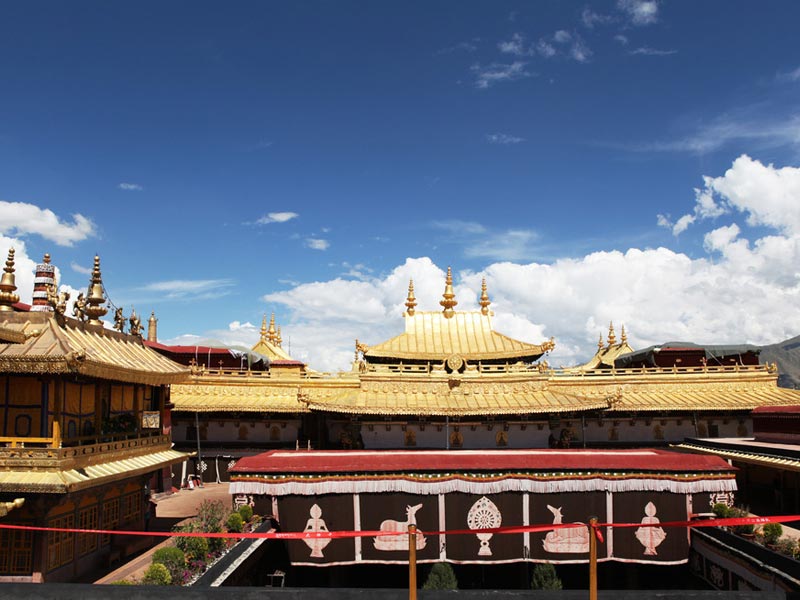




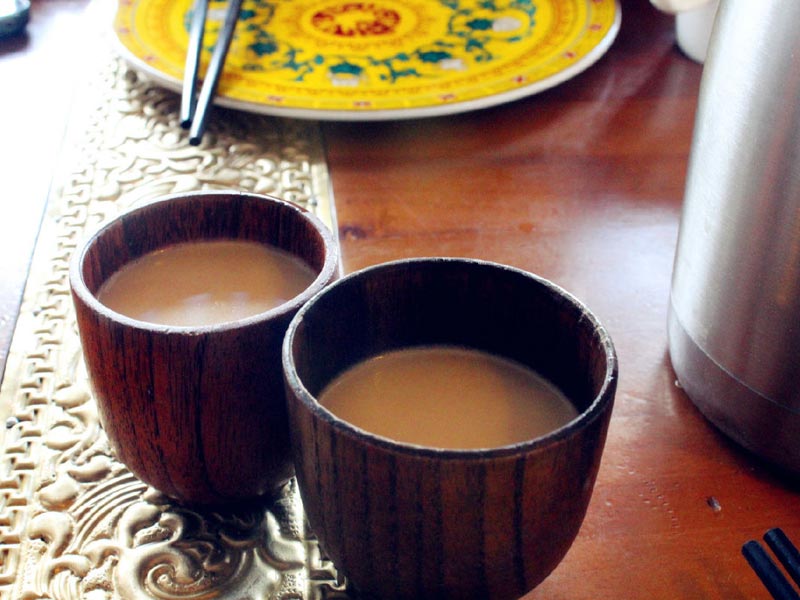



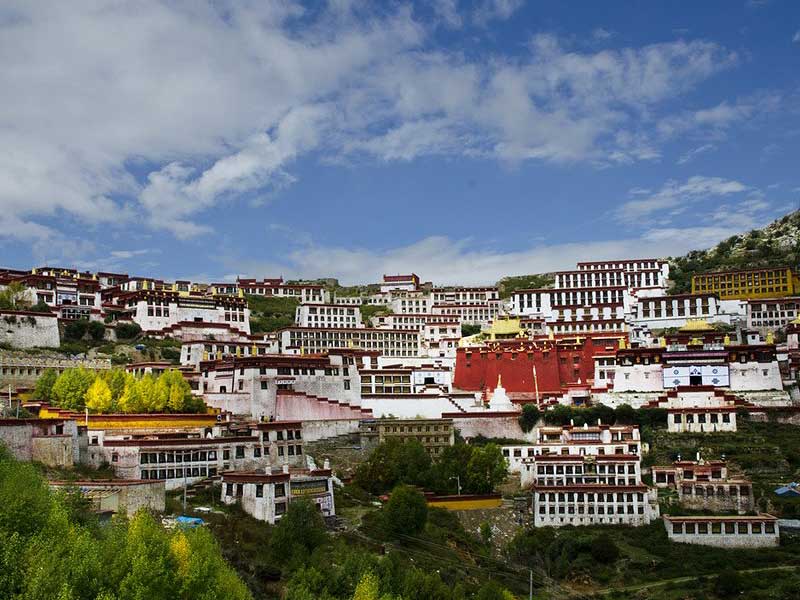

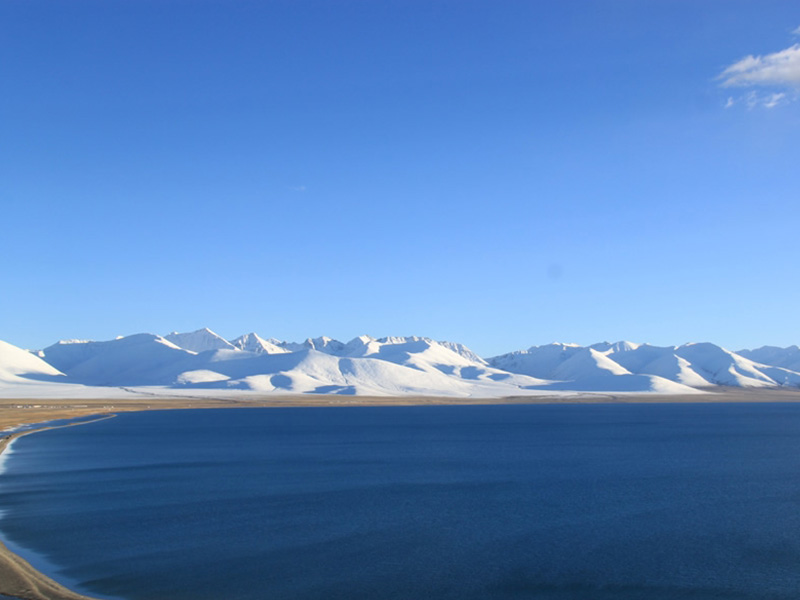


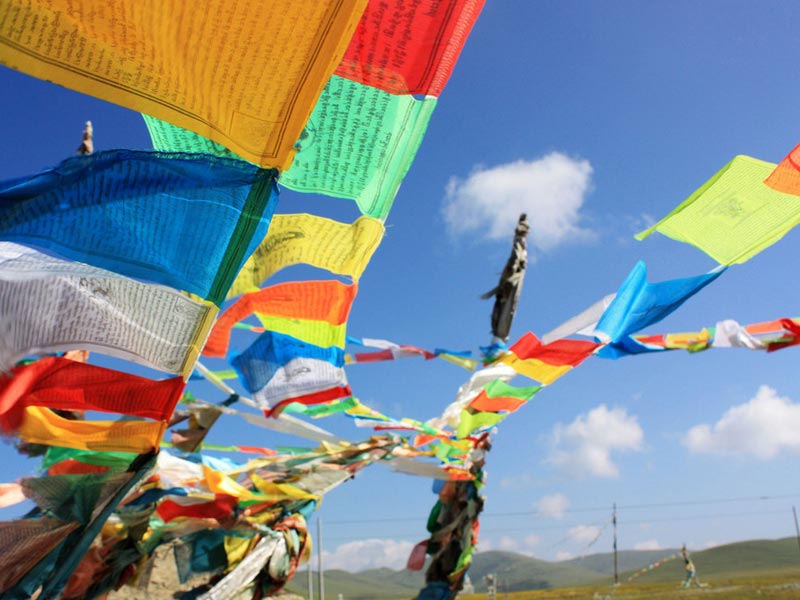

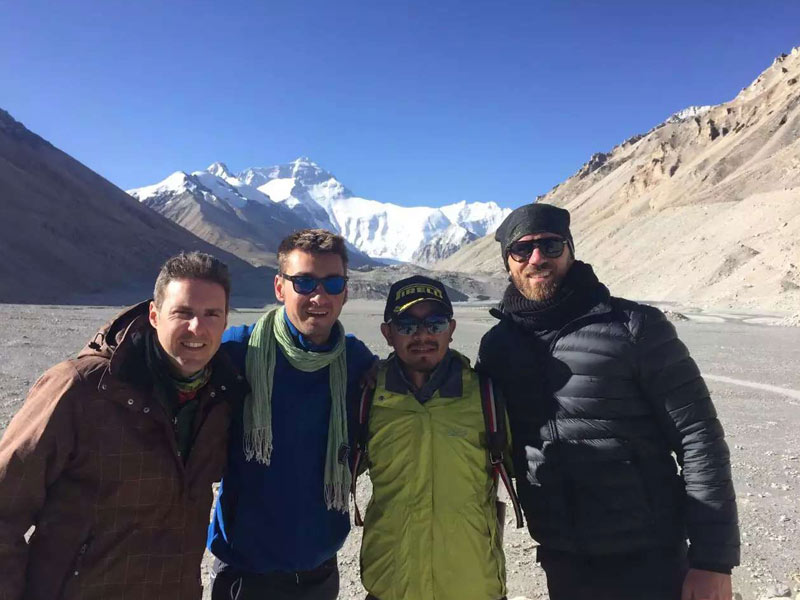

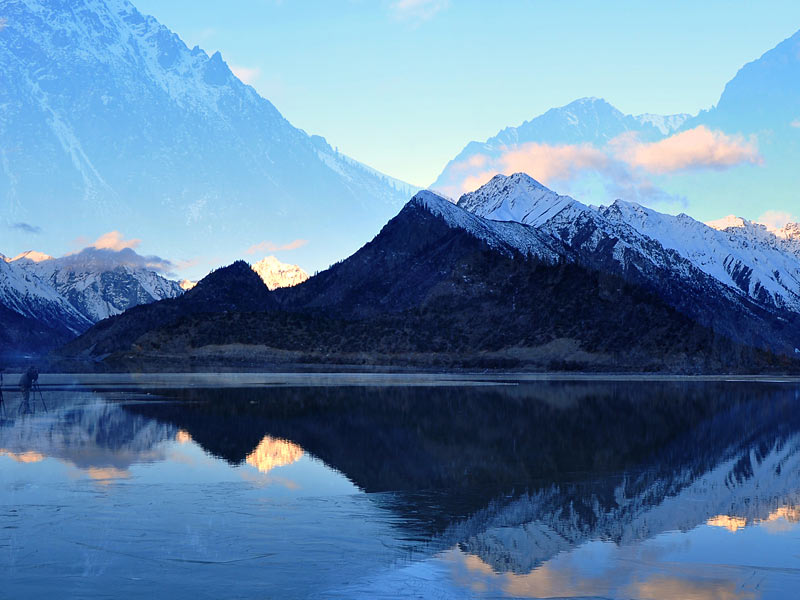




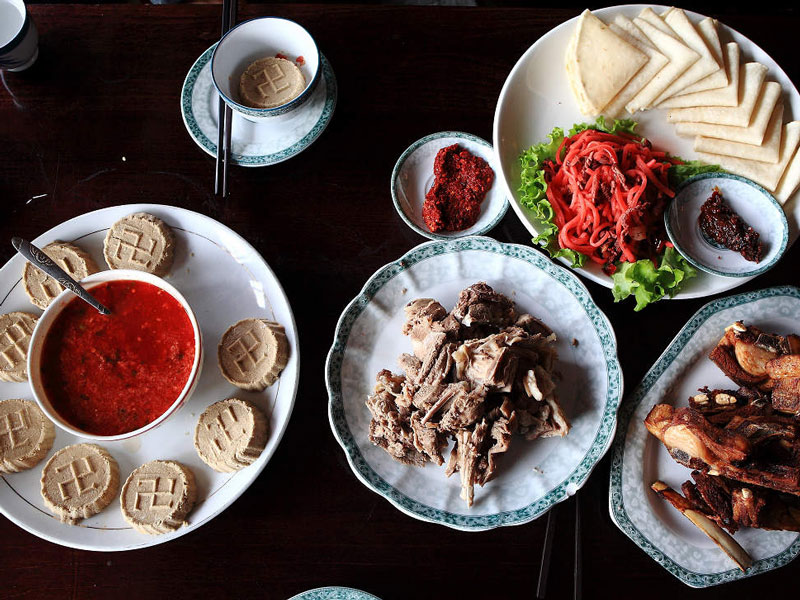
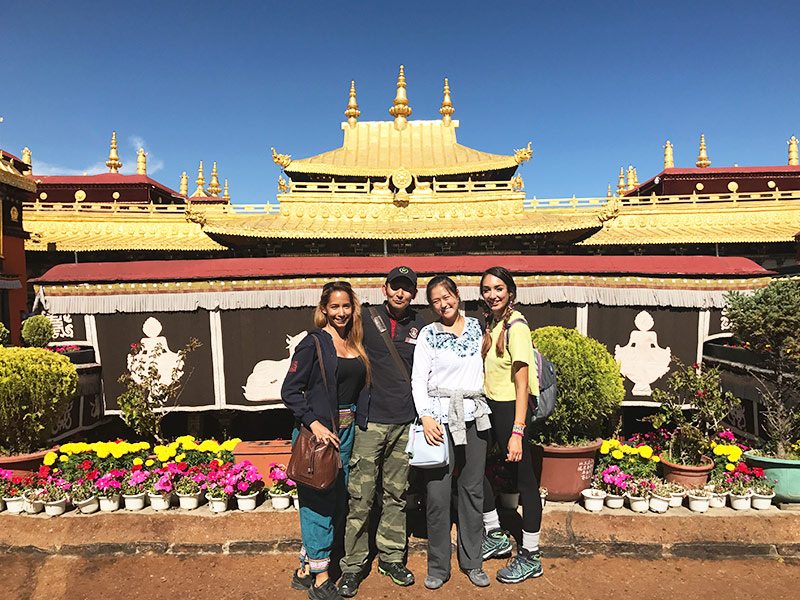
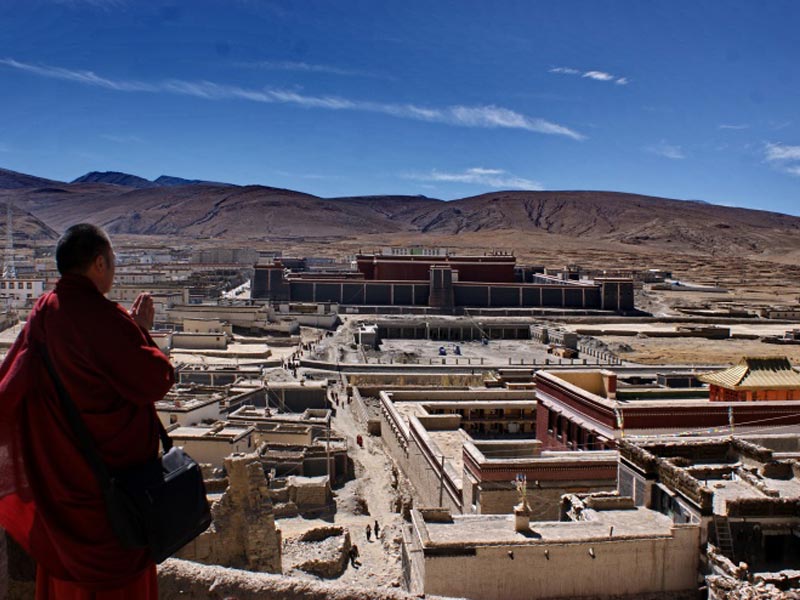
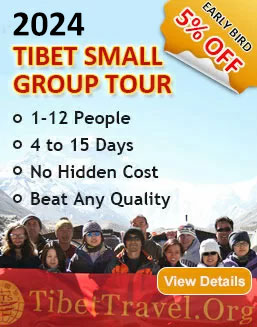
0 Comment ON "How to Plan a Visit to Tibet? – The Most Complete Guide"